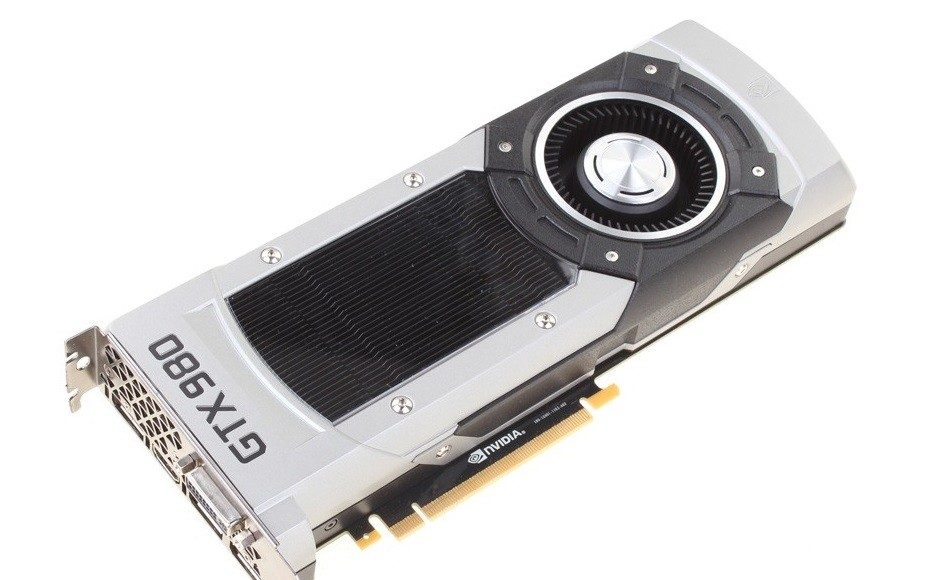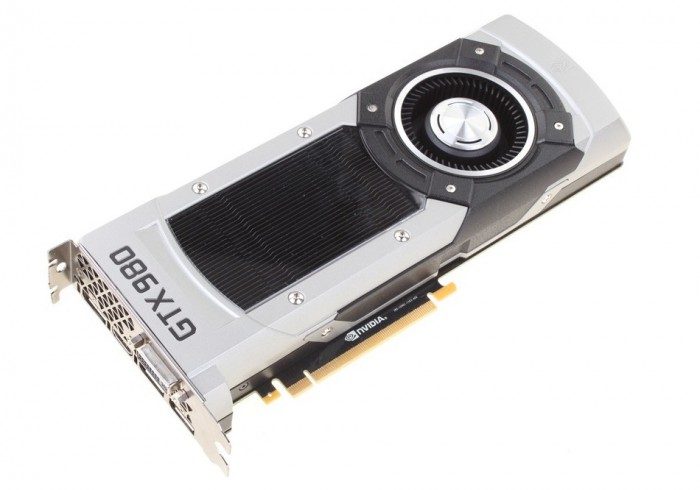We knew it was coming and it looks like Nvidia is the first to throw their hat into the ring, now being the first of the big GPU manufacturers to design their latest processors with VR in mind. Nvidia’s latest GPUs, built on the new Maxwell architecture, offer a number of features specifically designed to enhance virtual reality rendering performance in both latency and fidelity.
It was back in June that founder Palmer Luckey told me that Oculus was “directly working with hardware manufacturers on all kind of optimizations.” Today we see the fruits of that work with Nvidia’s latest GPUs, the GTX 970 and 980, built with the new Maxwell architecture.
See Also: Two Reasons You Will Want to Buy a New Gaming Rig for the Oculus Rift CV1
Oculus CTO John Carmack surmised his frustration in the latency of the standard GPU rendering pipeline by noting that he can send a data packet from the US to Europe and back in the amount of time it takes to get a frame from the back of his computer to the monitor. Nvidia’s new optimizations are aimed at both cutting down latency and improving visual fidelity for a high quality VR experience.
“Typically, it takes 50 milliseconds or more to render a scene in a virtual reality environment, from the time you move your head to the time you see a response,” writes Nvidia. “Maxwell cuts that latency in half.”
In a post on the company’s official blog, Nvidia lists the new features that have been designed with VR in mind:
- Baseline Latency: Our engineers worked to cut all aspects of the connection between the game and the GPU, significantly improving latency.
- MFAA: Using a new technology called multi-frame sampled anti-aliasing, or MFAA, Maxwell can combine many AA sample positions, producing what appears to be a higher-quality image. And it does this without the performance hit caused by other anti-aliasing technologies.
- Asynchronous Warp: This starts with the last scene rendered, and lets the GPU update it based on head position information. By warping the image later in the rendering pipeline, Maxwell cuts discontinuities between head movement and action on screen. And by doing it asynchronously, it avoids stalling the GPU, robbing it of performance.
- SLI: We’re also tuning the way our GPUs work together when they’re paired to drive virtual reality experiences. In the past, our GPUs would alternate rendering frames when joined in SLI mode. For VR, we’re changing the way our GPUs work in SLI, with each GPU rendering one display.
- DSR: With the displays in a VR headset resting close to the user’s eyes, higher resolution can improve the VR experience. Dynamic Super Resolution (DSR) – which we’re introducing with Maxwell – helps us take the resolution from 1 megapixel per eye to 4 megapixels per eye.
- GeForce Experience: Rather than asking users to tweak all these settings when using VR, we’re implementing them to run automatically with our GeForce Experience software.
- Optimized Content: Few applications support VR headsets. So we’re bringing VR support to games that already work with NVIDIA 3D Vision.
This is great news not just for those that will pick up one of Nvidia’s newest cards (or a pair, in the case of SLI) but also for the VR industry as a whole. With a new focus on virtual reality from one of the world’s largest manufacturers of GPUs, the rest of the GPU industry will take note, and will likely unleash similar offering to appeal to the VR crowd.
Check out the video below for a look at Nvidia’s new tech:








